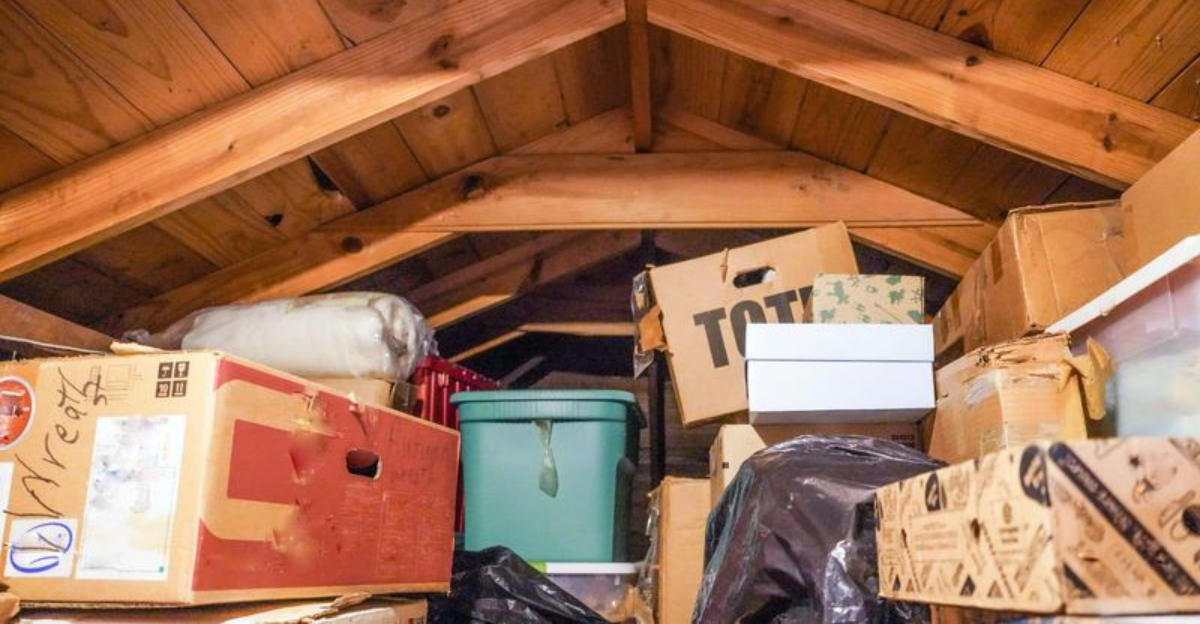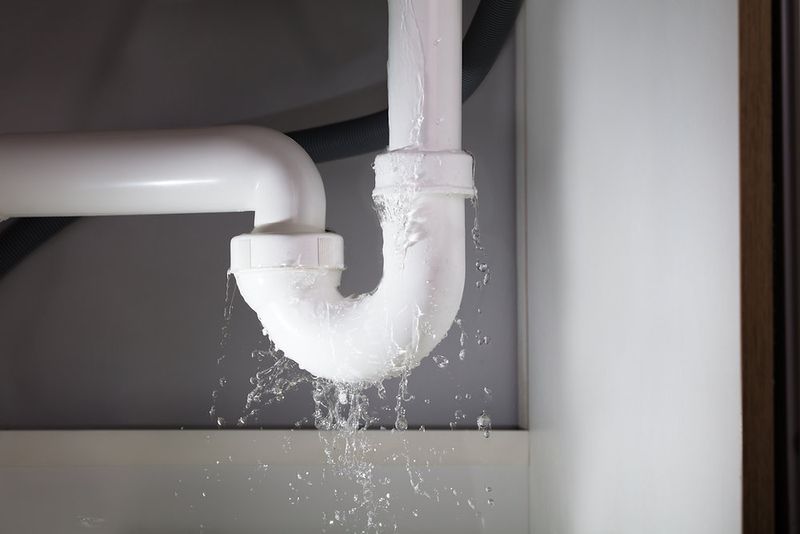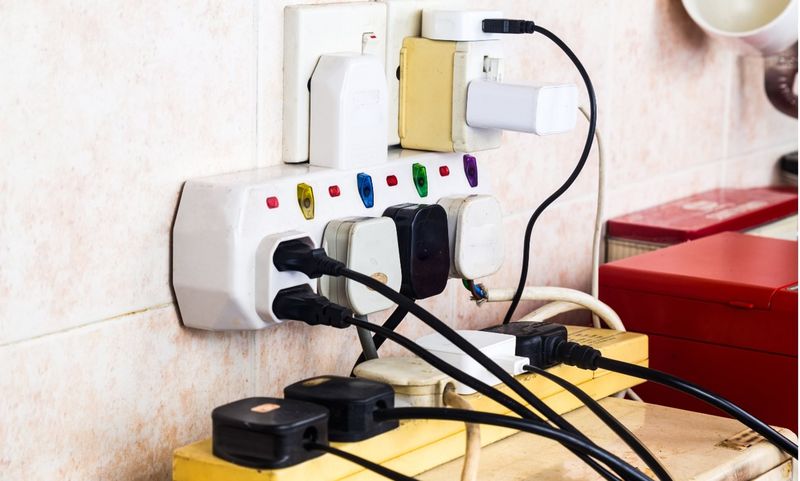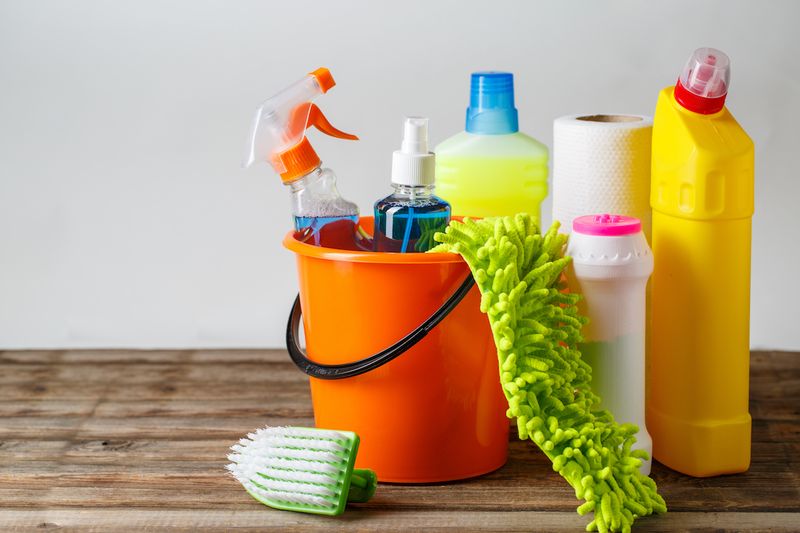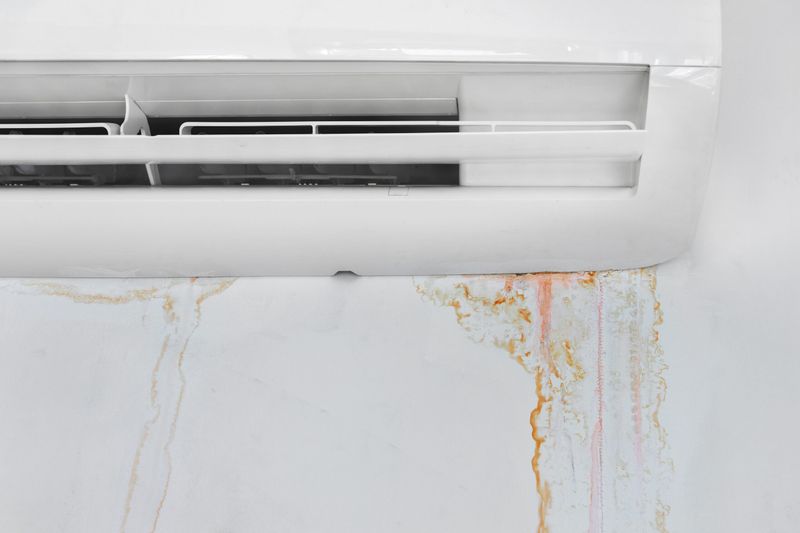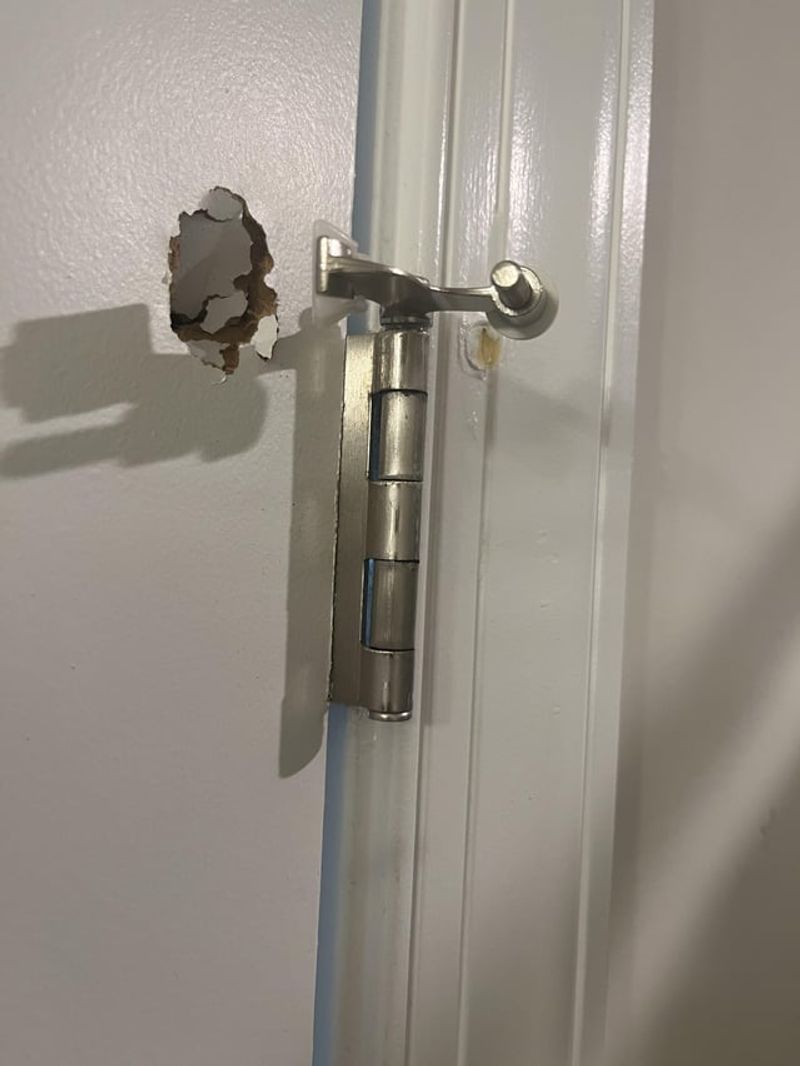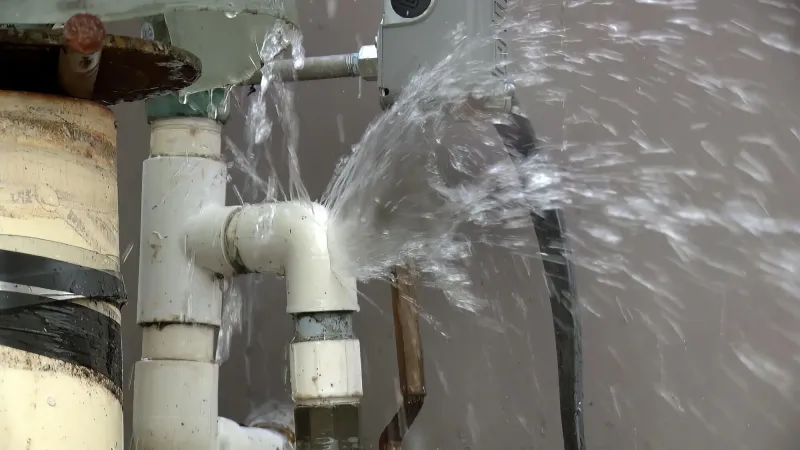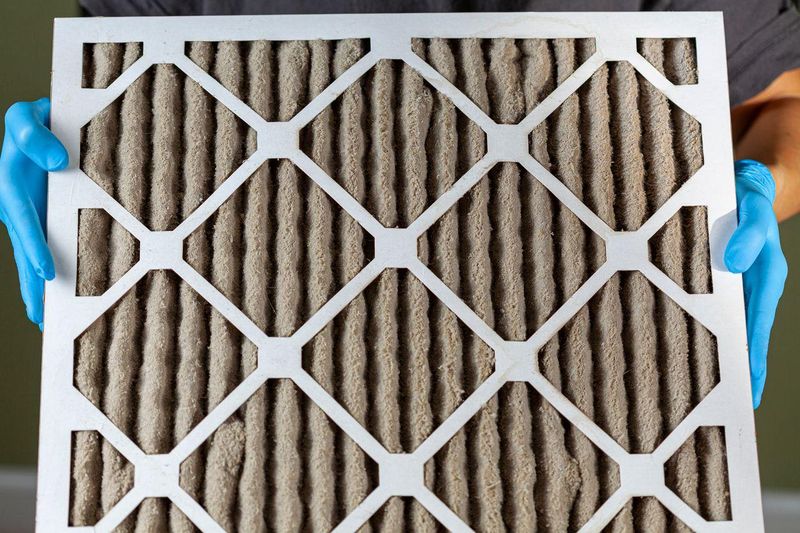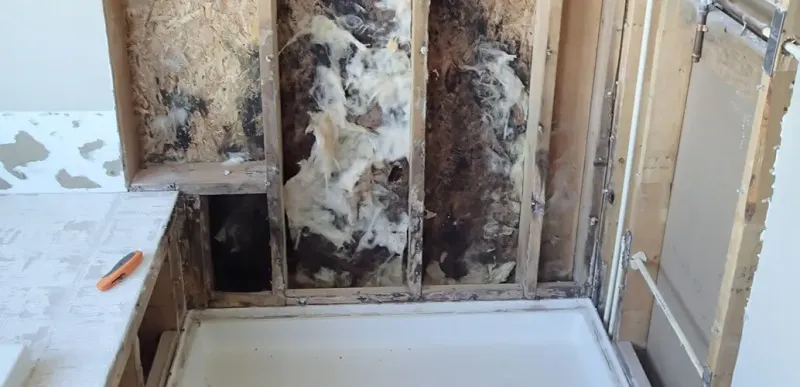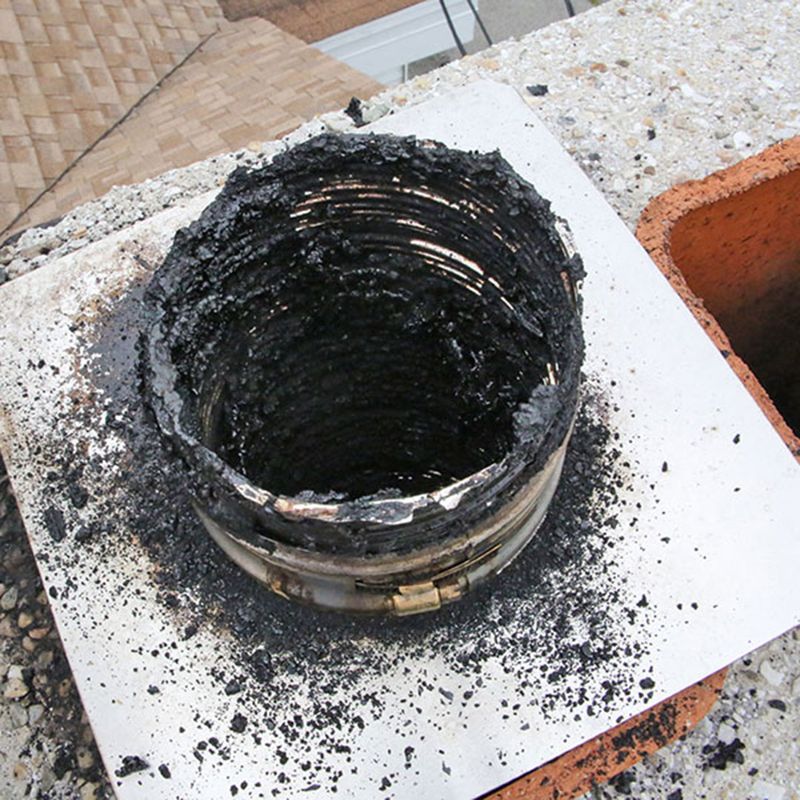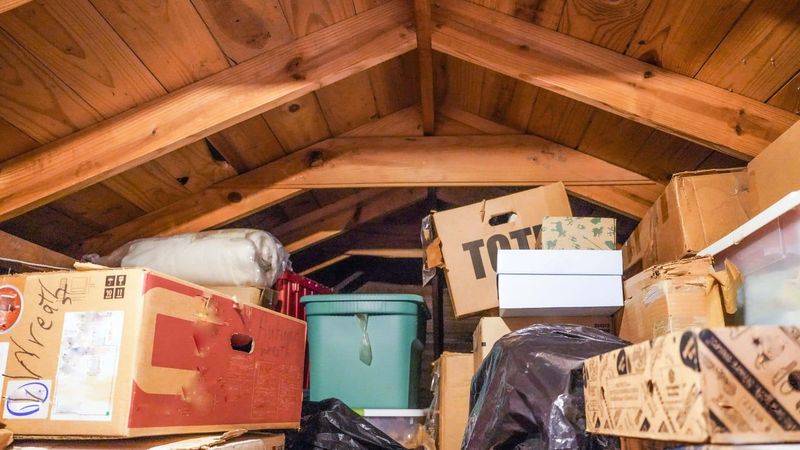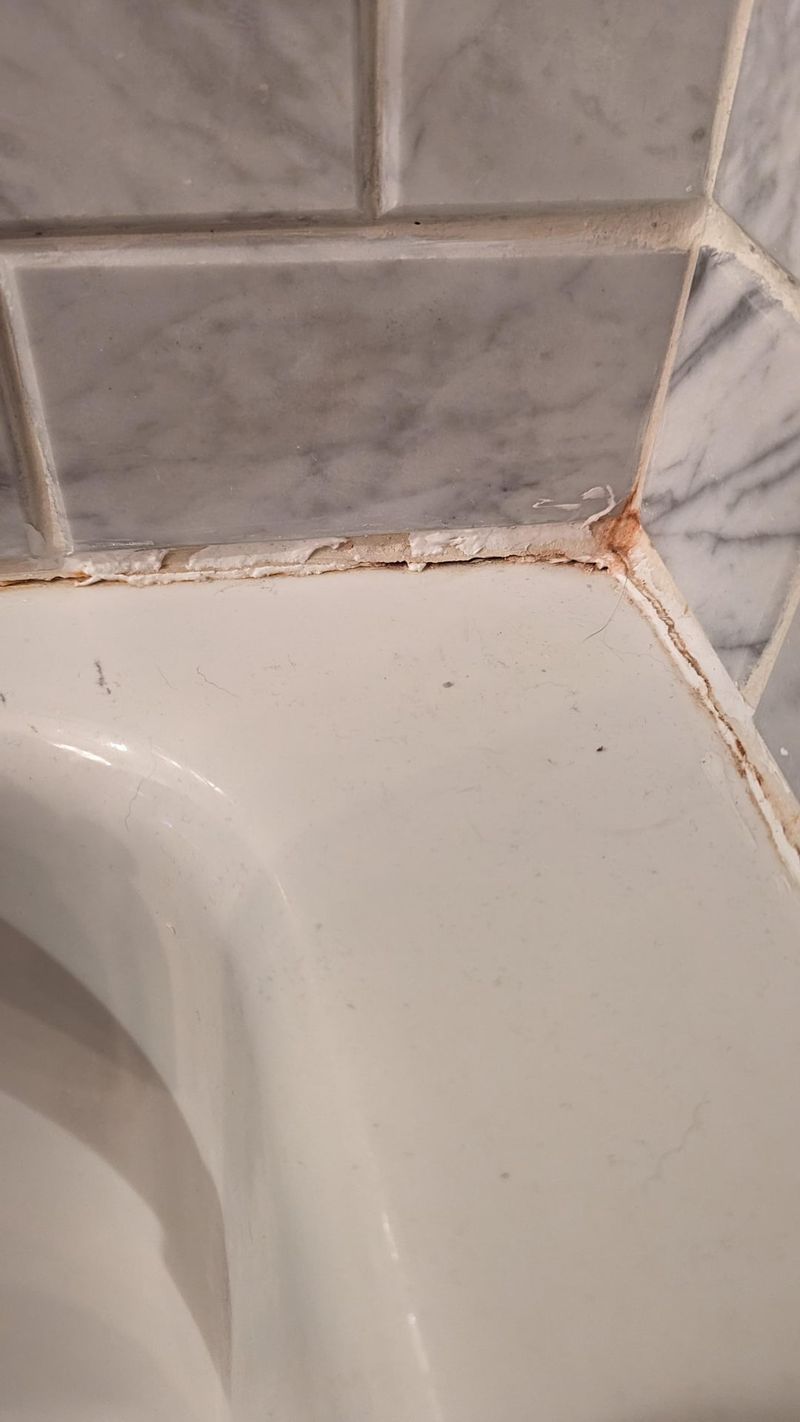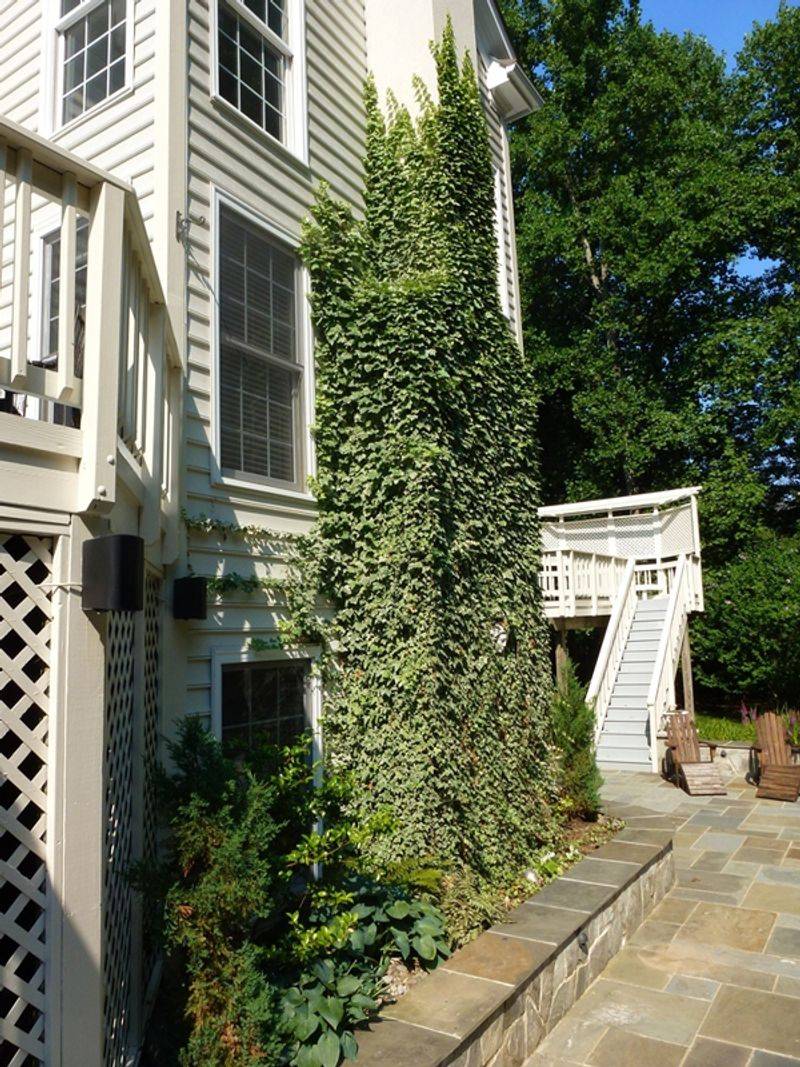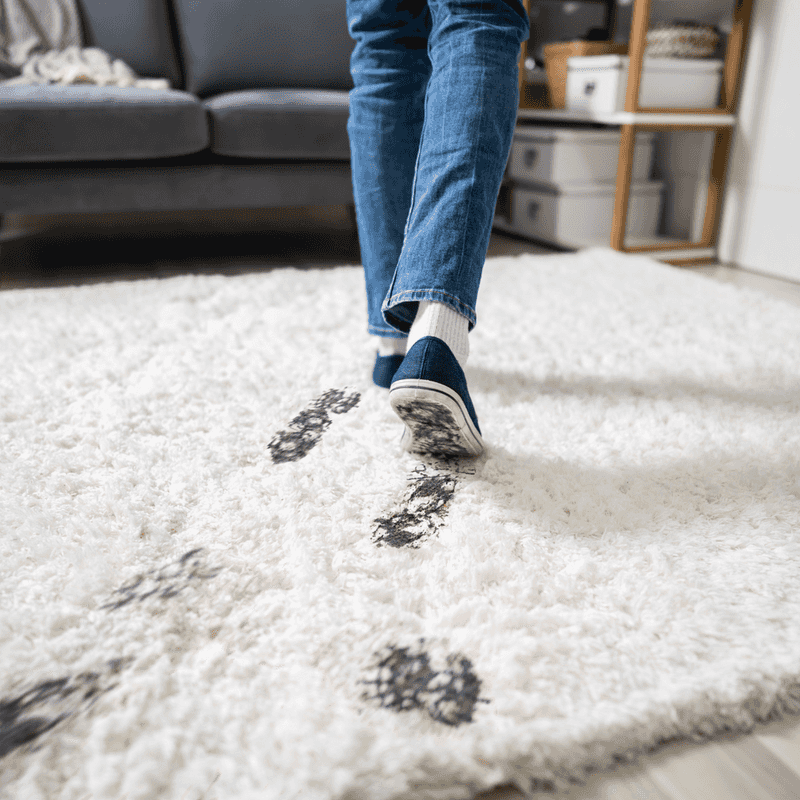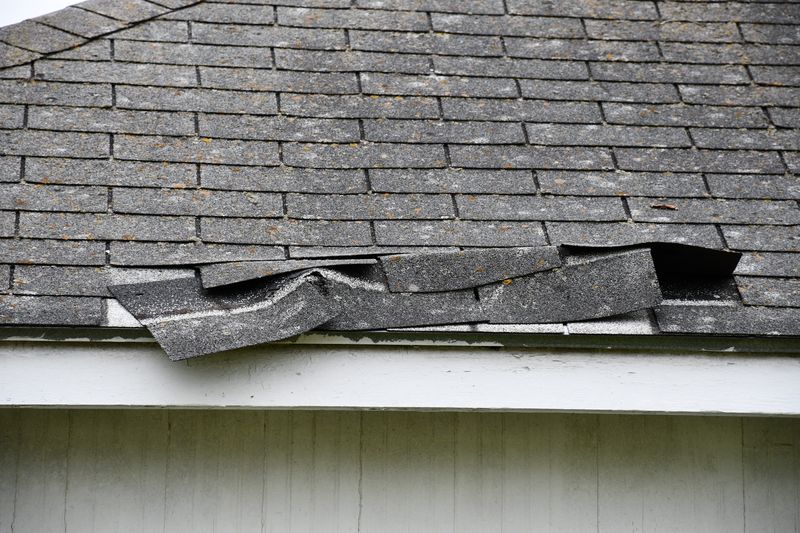Our homes are our sanctuaries, but sometimes our everyday habits can secretly damage them over time.
Small actions we take (or don’t take) can lead to expensive repairs down the road.
Take a look at these common mistakes that might be slowly harming your house and learn how to prevent further damage with some simple changes.
1. Ignoring Small Leaks
That tiny drip under your sink might seem harmless, but water is sneakier than you think! Even minimal moisture can lead to wood rot, mold growth, and structural damage over time.
Many homeowners brush off minor leaks, not realizing they’re setting themselves up for repairs costing thousands later. Address any water issues immediately – your wallet will thank you.
2. Overloading Electrical Outlets
Plugging too many devices into a single outlet creates a serious fire hazard in your home. Those power strips aren’t magical devices that eliminate electrical limitations!
When circuits become overloaded, they generate excess heat that can melt wire insulation and spark fires inside your walls. Distribute high-energy appliances across different circuits and consider having an electrician add outlets if needed.
3. Using Harsh Chemical Cleaners
Powerful cleaners might make surfaces sparkle, but they’re silently attacking your home’s finishes. Those abrasive ingredients can strip protective coatings from countertops, floors, and fixtures.
Over time, these chemicals break down sealants that protect against moisture and stains. Switch to gentler, natural alternatives like vinegar and baking soda for everyday cleaning, saving the strong stuff for occasional deep cleans.
4. Skipping HVAC Maintenance
Your heating and cooling system works incredibly hard year-round. Without regular checkups, it’s likely working inefficiently and heading toward an early breakdown. Dirty filters force systems to work harder, wasting energy and shortening equipment lifespan.
Schedule professional maintenance twice yearly and change filters monthly. This simple routine can extend your system’s life by years and save significant money on energy bills.
5. Planting Trees Too Close to Foundation
Those cute saplings you planted near your house will eventually become trouble. As trees mature, their expanding root systems can crack foundations, damage underground pipes, and create pathways for water to enter your home.
Large trees should be planted at least 20 feet from your house, while smaller ornamental varieties need 8-10 feet of clearance. Already have trees too close? Consider consulting with an arborist about safe removal options.
6. Slamming Doors and Windows
Every bang weakens the very structure of your home! When doors and windows slam shut, the impact reverberates through walls, loosening hinges, cracking drywall, and damaging frames.
This repeated stress can misalign doors and windows, creating drafts that increase energy bills. Install door stops and window cushions to prevent slamming, and teach household members to close them gently. Your home’s structural integrity will benefit tremendously.
7. Neglecting Gutters
Clogged gutters might seem like a minor nuisance until water starts pouring down your walls during rainstorms. Leaves and debris prevent proper drainage, forcing water to back up and seep into your roof, walls, and foundation.
This trapped moisture creates the perfect environment for rot and mold growth. Clean gutters twice yearly – more often if you have many trees nearby – and consider installing gutter guards to minimize buildup.
8. Using Too Much Water Pressure
Powerful showers feel amazing but can wreak havoc on your plumbing system! Excessive water pressure strains pipes, faucets, and appliance connections, making them prone to leaks and premature failure. High pressure also wastes water and energy.
Check your home’s pressure with an inexpensive gauge from the hardware store – readings above 80 psi indicate a problem. Installing a pressure regulator can protect your entire plumbing system from unnecessary strain.
9. Not Replacing Air Filters
Forgotten filters are silently suffocating your HVAC system! When clogged with dust and debris, they restrict airflow, forcing your system to work harder while distributing less heating or cooling. This strain increases energy consumption and repair frequency.
Beyond system damage, dirty filters circulate allergens and pollutants throughout your home. Mark your calendar for monthly checks and replace filters at least every three months – more often if you have pets.
10. Letting Moisture Build in Bathrooms
Steamy showers create the perfect breeding ground for mold and mildew when proper ventilation is missing. Moisture seeps into walls, ceilings, and flooring, causing paint to peel, grout to deteriorate, and wood to warp.
Always run the bathroom fan during showers and for 30 minutes afterward. No fan? Open a window or install one immediately – it’s a relatively small investment that prevents thousands in potential water damage repairs.
11. Avoiding Chimney Cleaning
Hidden danger lurks in neglected chimneys! Creosote, a highly flammable substance, builds up inside chimney flues with each fire you enjoy. This sticky residue can ignite, causing dangerous chimney fires that can spread to your home’s structure.
Beyond fire risk, blocked chimneys can cause carbon monoxide to back up into your living space. Schedule professional chimney inspections annually, even if you rarely use your fireplace.
12. Storing Items Improperly in Attic
Your attic isn’t just another storage room! Piling too many heavy items up there can actually damage your ceiling joists and roof structure over time. The weight stress wasn’t part of your home’s original design plan.
Additionally, blocking attic ventilation with boxes reduces airflow, trapping heat and moisture that damage roof shingles from below. Store items on proper platforms and keep vents clear to protect your home’s structural integrity.
13. Letting Caulk or Grout Crack
Seemingly minor cracks in bathroom caulk or kitchen grout create superhighways for water to penetrate where it shouldn’t go. Once moisture seeps behind tiles or under fixtures, it begins rotting underlying materials and fostering mold growth.
Inspect these seals regularly, especially in wet areas like showers and backsplashes. Replacing deteriorated caulk and grout is an easy weekend project that prevents extensive water damage requiring professional remediation.
14. Not Trimming Shrubs Near Siding
Overgrown bushes against your house create perfect hiding spots for pests while trapping moisture against siding. This constant dampness accelerates rot and creates ideal conditions for mold growth on exterior surfaces.
Branches rubbing against siding can also wear away protective finishes. Maintain at least 2 feet of clearance between plants and your house. This simple pruning habit improves air circulation, reduces moisture problems, and makes it harder for insects to access your home.
15. Walking in with Muddy Shoes
Tracking dirt throughout your home isn’t just a cleaning inconvenience – it’s actually damaging your floors! Soil particles act like sandpaper under foot traffic, gradually scratching and wearing away finishes on hardwood, laminate, and vinyl surfaces.
Gritty debris grinds into carpet fibers, breaking them down prematurely. Establish a shoes-off policy or place quality mats at entrances to capture debris. This simple habit extends flooring life by years and reduces deep cleaning needs.
16. Blocking Air Vents
Furniture placed over vents might seem like a minor design compromise, but it forces your HVAC system into overdrive. When airflow is blocked, your system works harder to maintain temperature, wasting energy and wearing out components faster.
Poor circulation also creates hot and cold spots throughout your home. Rearrange furniture to keep vents unobstructed, and consider using magnetic vent deflectors for registers located in awkward positions. Your system will run more efficiently and last longer.
17. Delaying Roof Inspections
Out of sight shouldn’t mean out of mind when it comes to your roof! Missing or damaged shingles allow water to penetrate your home’s protective barrier, leading to leaks that might not become visible until significant damage has occurred.
Regular inspections catch minor issues before they become major problems. Schedule professional roof checks after severe weather events and at least every two years. Binoculars can help you spot obvious problems from ground level between professional assessments.

